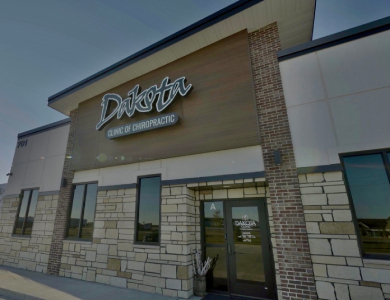
Subluxation degeneration is a condition that affects the spine, causing gradual deterioration of the vertebrae and surrounding tissues. This condition can lead to a range of uncomfortable symptoms and, if left untreated, can result in significant long-term consequences for your overall health and well-being. Understanding the symptoms of subluxation degeneration is crucial for early detection, diagnosis, and effective management of this condition.
What is Subluxation Degeneration?
Subluxation degeneration refers to the progressive damage that occurs in the spine when a vertebral subluxation, or misalignment of the vertebrae, is left untreated over time. This misalignment can cause abnormal pressure on the spinal joints, nerves, and surrounding tissues, leading to inflammation, decreased mobility, and eventually, degeneration of the vertebrae and intervertebral discs.
As the condition worsens, the affected spinal segments may experience arthritic changes, bone spurs, and disc thinning, which can lead to chronic pain, nerve irritation, and reduced overall function. Subluxation degeneration typically progresses in stages and can impact individuals of all ages, making early diagnosis and chiropractic treatment crucial in preventing long-term damage.
The Different Stages of Subluxation Degeneration and Their Symptoms
In the first stage, often called the early or "dysfunction" stage, the vertebrae begin to misalign, placing abnormal pressure on spinal joints and surrounding tissues. At this point, there may be minor changes to the spine's structure, such as slight narrowing of the discs, but these changes are usually reversible with proper care. Symptoms during this stage are often mild and may include occasional stiffness, reduced flexibility, or minor aches, particularly after prolonged periods of sitting or physical activity. Many individuals may not even notice symptoms, which can lead to the subluxation going untreated.
In the second stage, known as the "instability" or intermediate stage, the misalignment continues to worsen, and the body's natural response to this instability results in more pronounced degeneration. The intervertebral discs begin to narrow significantly, and bone spurs, or osteophytes, may start to form along the vertebrae. These changes reduce the spine's overall stability and increase the risk of nerve compression. Symptoms become more noticeable, with frequent episodes of back or neck pain, stiffness, and possible radiating pain into the arms or legs due to nerve irritation. At this stage, there is more visible damage on X-rays or imaging, but chiropractic intervention can still help prevent further degeneration and alleviate symptoms.
The third stage, referred to as the "stabilization" stage, is the most advanced phase of subluxation degeneration. By this point, the spine may have undergone significant changes, including severe disc thinning, prominent bone spurs, and joint fusion in some areas. These changes are often irreversible, leading to chronic pain, restricted mobility, and ongoing nerve compression that can cause numbness, tingling, or weakness in the limbs. The body attempts to stabilize the affected area through bone growth, but this often results in decreased range of motion and further dysfunction. At this stage, symptoms are persistent, and while chiropractic care can help manage pain and improve function, the damage cannot be completely reversed, emphasizing the importance of early detection and treatment in preventing subluxation degeneration from reaching this advanced stage.
The severity and progression of subluxation degeneration can vary from individual to individual, and the symptoms may not always follow a linear pattern.
The Importance of Early Detection for Diagnosis and Treatment
Early detection of subluxation degeneration is crucial for effective management and treatment. By recognizing the symptoms in the initial stages, you can seek medical attention and receive appropriate interventions to prevent the condition from worsening. This can help you maintain your spinal health, reduce the risk of long-term complications, and improve your overall quality of life.
Taking Control of Your Spinal Health with Dakota Clinic of Chiropractic
Subluxation degeneration is a complex condition that requires prompt attention and proactive management. By understanding the symptoms, seeking early diagnosis, exploring chiropractic care and the available treatment options, you can take control of your spinal health and prevent the long-term consequences of this degenerative condition.
If you are experiencing symptoms of subluxation degeneration, schedule a consultation with Dakota Clinic of Chiropractic. Contact us today to schedule an appointment and take the first step towards managing your subluxation degeneration. Visit our office in West Fargo, North Dakota, or call (701) 566-5455 to book an appointment today.









